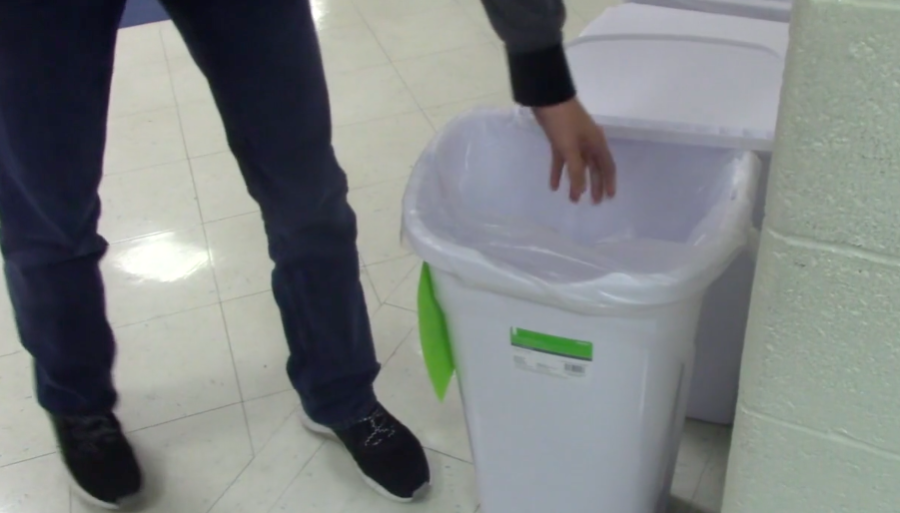District seeks to reduce carbon footprint, applies for state audit
Everybody wants to make their mark in the world, but not in the form of a carbon footprint. And, in a building filled with over 1300 students, HHS must be more aware of the impact it’s making on the environment.
What is a carbon footprint?
A carbon footprint is the amount of carbon dioxide and other carbon compounds emitted due to the consumption of fossil fuels by a particular person, group, etc. Your carbon footprint is the sum total of all your actions and decisions and the impact they have on the environment through carbon emissions. The way a person lives, eats, shops, and travel all impact the size of your footprint.
For Hammonton Public School District, its includes the number of busses that run each day, the number of electronic devices charging, the temperature set on the thermostat, and the hours that the lights are turned on.
Why does our carbon footprint matter?
According to writer Alyssa Morse in an article for Livestrong, carbon emissions are linked to many environmental factors. She notes several things: rising temperatures and rain patterns are linked to changes in plant growth changes. Consequently, rising sea levels affect shorelines and ecosystems. Recently, a National Geographic video of a starving polar bear went viral. In a follow up article, National Geographic noted that the melting of the sea ice has grown bigger in the past few decades, if the warming continues, Arctic marine ecosystem will no longer exist.
What is the Hammonton Public School district doing about it?
To begin, they have applied for a state energy audit.
The district enrolled in an energy audit program, which is offered to the school at no direct cost. According to Ms. Barbara Prettyman, the Hammonton High School business administrator, it “identifies efficiency and economy as it pertains to energy consumption in our buildings.”
The audit results and recommendations will provide future planning for the district. The energy audit will benefit at least three of the four school buildings. The ECEC is not a large enough consumer to qualify for the program. The school should be able to improve its carbon footprint if they improve some inefficiencies. The improvements should improve how much electricity, natural gas, and propane gas.
Prettyman provided some data regarding the district energy usage.
- All of the schools in the district use electricity.
- Three schools use natural gas, but the middle school uses propane gas.
- Both the high school and middle school have used a similar monthly kilowatt (kW) usage, using 400-600 kW over the last 14 months.
- In the elementary school monthly kW demand was 400 kW and the ECEC uses about 70-150 kW per month.
- The high school natural gas consumption was in the range of 10,000-20,000 therms. The summer cooling consumes more natural gas than the heated winters.
- The elementary school and ECEC use at least 1,000-4,000 therms during the winter. The middle school consumes about 4,500-5,000 gallons of propane gas in the winter.
What more should they do?
There are several measures that a school community can take to reduce its carbon footprint. Some are already in place; for example, the Green Club just did a paper recycling collection. However, there is a lot more.
Here are some practical suggestions:
- Reuse/Recycle
- Turn lights off when leaving the room
- Add solar panels to the roof of the building
- Unplug unused electronics (during weekends or breaks)











